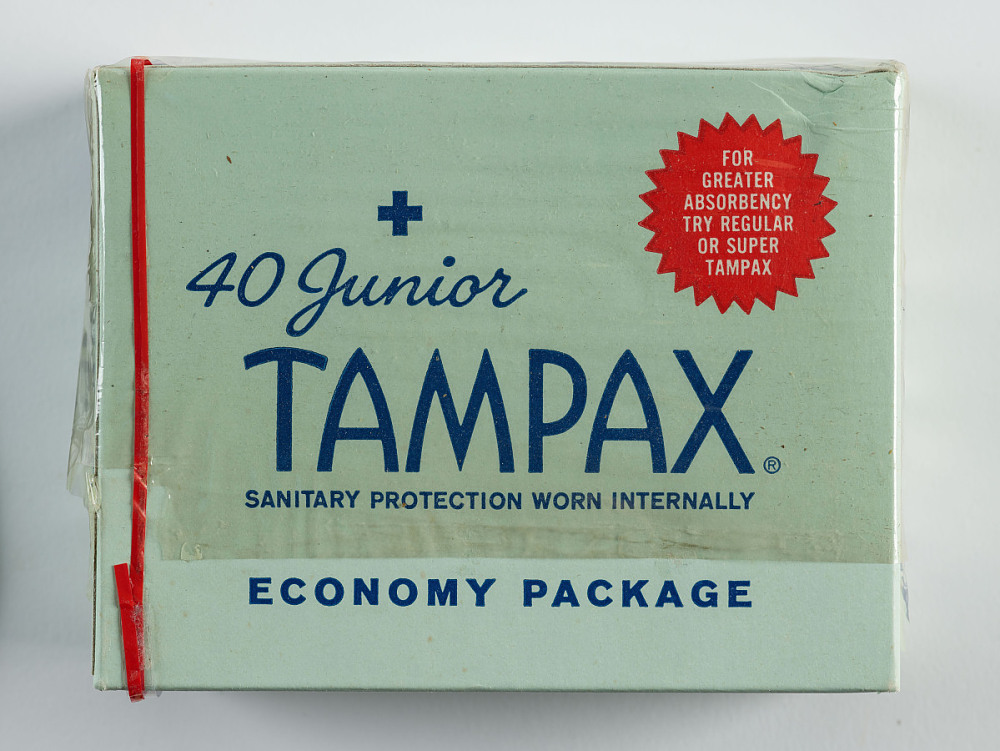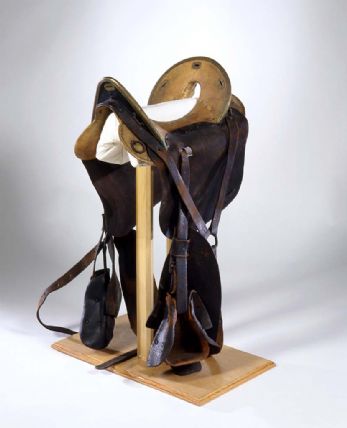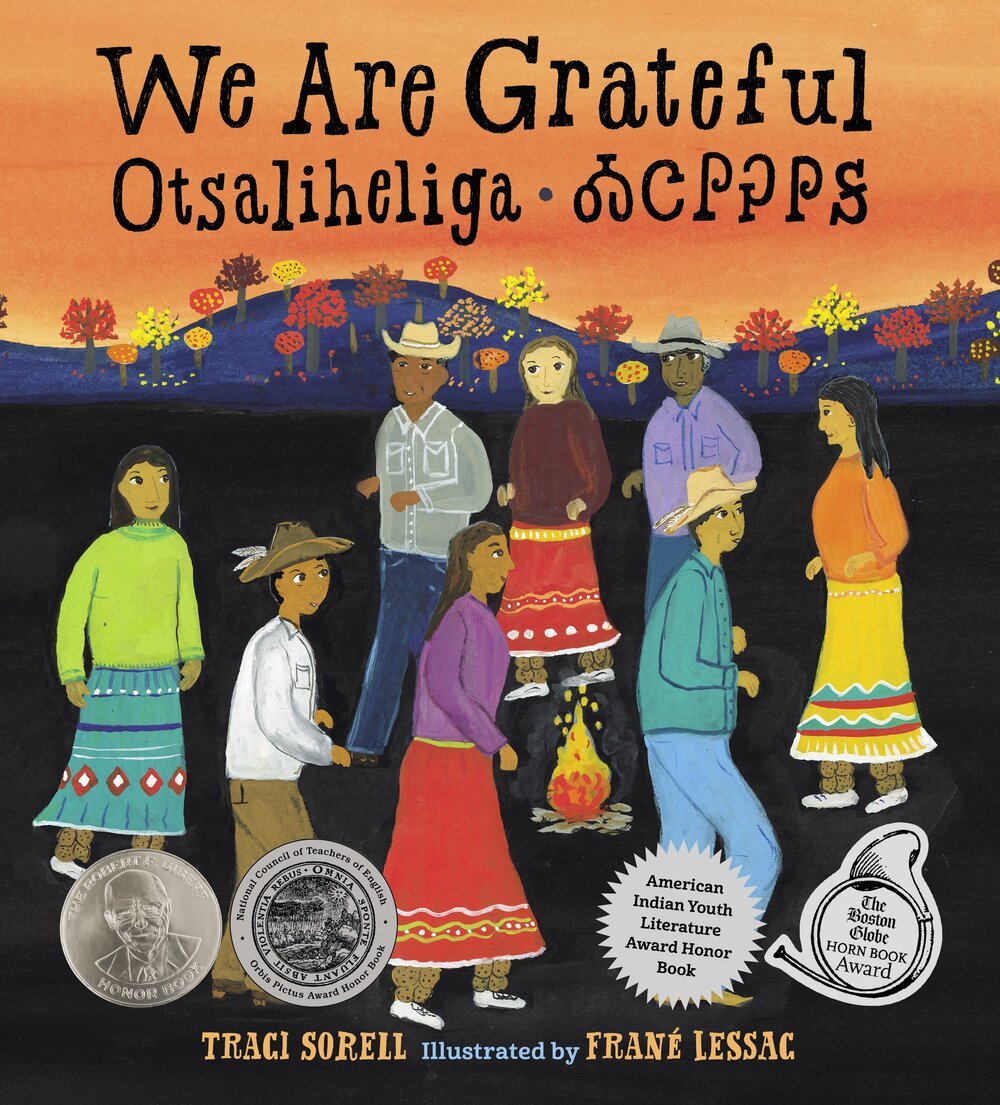As COVID-19 deaths spiked in 2020, Suzanne Firstenberg’s public art installation "In America: How could this happen…"
Museum Artifacts

Grade Range:
K-12
Resource Type(s):
Artifacts, Primary Sources
Date Posted:
12/31/2009
As the “Millennium Bug” gained media attention, some businesses used the hype to market special millennium foods. From cars to breakfast cereal, companies like the Figueroa Brothers, Inc., cashed in on the Y2K name. This bottle once contained Y2K Millennium Meltdown ¿R-U-Ready? hot sauce, a

Grade Range:
3-12
Resource Type(s):
Artifacts
Date Posted:
7/25/2012
This silver wine cup belonged to Pilgrim leader and Mayflower passenger William Bradford, who governed Plymouth Colony for thirty years. Made for Bradford in London, the cup bears his initials on one side.
The idea of America as a religious refuge originates with the Pilgrims, a group of E

Grade Range:
4-12
Resource Type(s):
Artifacts, Primary Sources
Date Posted:
6/11/2014
This teapot was made in England about 1766-1770, possibly by the Cockpit Hill Factory, Derby, England. Inscribed on one side of the teapot is “No Stamp Act” and on the other is “America, Liberty Restored,” both within flowerheads and stylized scrolling leaftips in black. The cover is pain

Grade Range:
4-12
Resource Type(s):
Artifacts
Date Posted:
12/30/2020
Menarche, or the onset of menstruation, generated much advice and many attempts to manage girls' bodies in a public way. A box of tampons featuring "no belts, no pins, no pads" from Tampax, geared for young menstruating females. This object is featured in Girlhood (It's complicated).

Grade Range:
5-12
Resource Type(s):
Artifacts, Primary Sources
Date Posted:
12/23/2010
On April 21, 1861, Virginians claimed an abandoned navy yard at Norfolk, Virginia. There they found the sunken hull of the burned USS Merrimack. The Merrimack was raised and on June 23, 1861 the Honorable S. R. Mallory, Confederate secretary of the navy, ordered it to be converted to an ironclad.

Grade Range:
5-12
Resource Type(s):
Artifacts, Primary Sources
Date Posted:
12/17/2010
Captain George B. McClellan toured Europe with a military commission looking at new military tactics. He returned and developed a new modified cavalry saddle. In 1859, the U.S. War Department adopted the McClellan saddle. They remained the standard issue throughout the history of the horse cavalr

Grade Range:
5-12
Resource Type(s):
Artifacts, Primary Sources
Date Posted:
12/30/2010
Union belt buckle found on the battlefield at Winchester, Virginia.

Grade Range:
5-12
Resource Type(s):
Artifacts, Primary Sources
Date Posted:
11/30/2010
This artifact is one of three known surviving components of a suite of four, and possibly five, colors carried by the Second Regiment of Continental Light Dragoons during the Revolutionary War. Although no definitive order has survived specifying the number of colors to be carried by a regiment o

Grade Range:
5-12
Resource Type(s):
Artifacts, Primary Sources
Date Posted:
12/28/2010
Model 1842 Harpers Ferry percussion musket had a smoothbore barrel. After the adoption of the .58-caliber minie bullet in 1855, musket barrels were rifled.

Grade Range:
5-12
Resource Type(s):
Artifacts, Primary Sources
Date Posted:
12/15/2010
Continental army uniform coat worn by Colonel Peter Gansevoort Jr. of the 3rd Regiment of the New York Continental Line. He wore this coat during his command of Fort Stanwix, New York, in 1777.



















